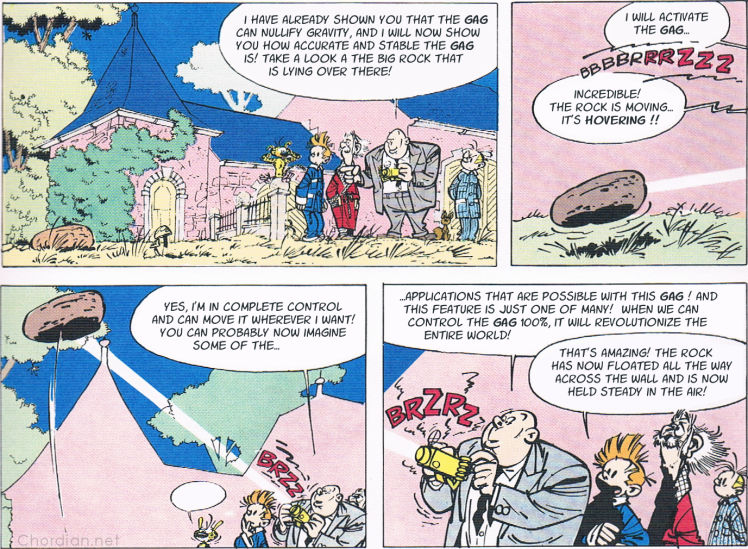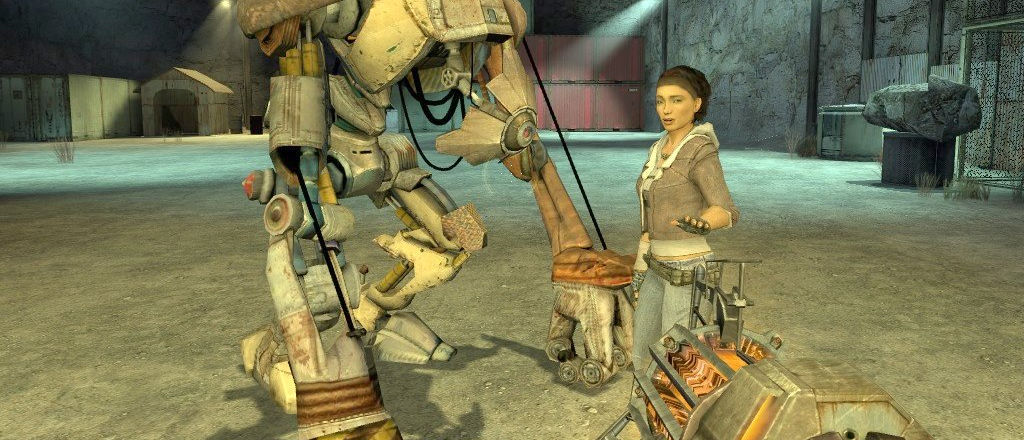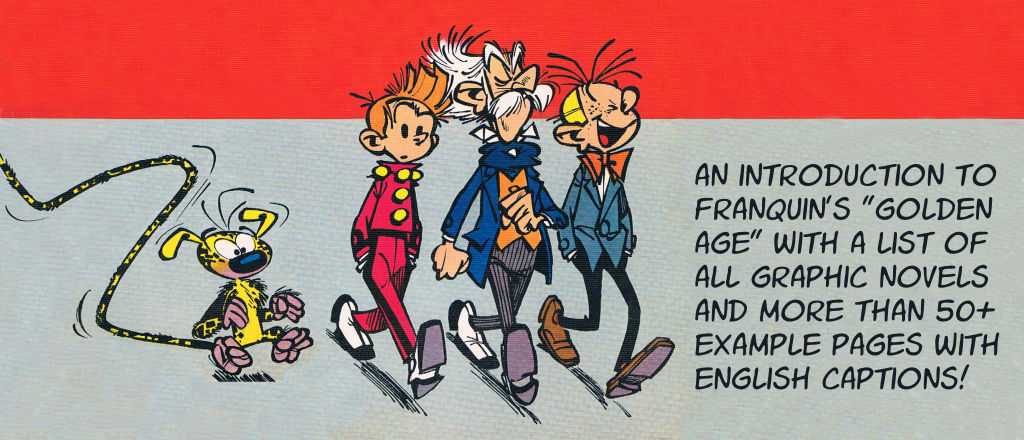When Half-Life 2 was released in 2004, everyone was taken aback by the marvelous gravity gun – a beam weapon that could pick up and throw objects. It paved the way for a lot of awesomeness. Enemies could be defeated in entirely new ways and puzzles could be solved by stacking or moving stuff around.
In fact, the gravity gun was so ingenious that it has since been copied by many other video games. One of my personal favorites is Rochard from 2011, a side-scrolling platformer with an emphasis on puzzle solving. I have also seen similar gravity manipulators in e.g. Dead Space, Doom 3, and Singularity.
But did you know that Valve didn’t actually invent the gravity gun? To be absolutely fair, the honor of envisioning it should really go to the Belgian comics artist André Franquin – more than 40 years before Half-Life 2 was even conceived. Just take a look at this:





